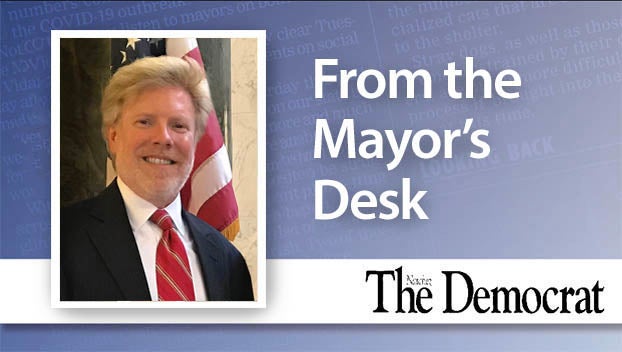Lessons from Weimer, part 4
Published 12:25 am Sunday, July 30, 2017
Ideologically, fascism was and is puzzling. Being ultra-nationalist, it has varied greatly from nation to nation. In some ways its policies seemed right-wing – standing for militarism, elitism, and anti-communism. In other ways it seemed left-wing – criticizing capitalists’ materialism, favoring activist government and an expanded welfare state –at least for the ethno-racial “us,” but certainly not for “them.”
But in political practice, the fascist “Third Way” had a distinct rightward lean, as Columbia’s Robert Paxton explains in The Anatomy of Fascism. Right-wing conservatives were often, he says, “indispensable allies and accomplices” of fascists.
We discussed this collusion between conservative judges and the radical Right in Part Two, but Emil Julius Gumbel’s findings add statistical rigor to the case. Between 1919 and 1922, there were 22 political murders committed by extreme Leftists. Thirty-eight men were convicted, of whom 10 were executed, with the rest receiving prison sentences averaging 15 years. By contrast, 354 murders were committed by Rightists, leading to only 24 convictions, no executions, and prison sentences averaging 4 months. In 1924, fatefully, there would be more of the same. After the failure of his bloody coup, and a conviction for high treason, Adolf Hitler served a term of six months. So much for conservative “justice.”
But in or out of prison, Hitler in the early 1920’s was a fringe malcontent. The fanaticism of such out-of-power extremists is a possible police problem, but rarely threatens the survival of a republic. However – a crucial distinction — when such radicalism infests the in-power establishment, republics die. So, the question is, how did extremist fascism gain entry to the mainstream?
There are multiple factors to consider, and we’ll examine this issue more in later columns. But Paxton emphasizes one thing in particular – to be “normalized,” fascists had to be embraced by some within the mainstream. And they got that embrace from their “indispensable allies,” the conservatives. “The fascist route to power,” he says, “has always passed through cooperation with conservative elites.” Always. To be clear, conservatives weren’t fascists, didn’t create fascism, and didn’t always ally with fascists, but without their backing, fascists almost certainly would never have gained power. To stop Hitler and Mussolini, there was no need for assassins; there was simply a need for more conservatives of principle. Like Gustav Stresemann, discussed in Part Two.
The self-destructive folly of this devil’s bargain would become apparent in time. “Respectable” conservatives intended to use the crude but popular fascists to bludgeon the hated liberal-socialist-communist Left, both politically and literally. Meanwhile, in control behind the scenes, they would enact their own agenda. But then, these best laid plans went grotesquely awry. While duly breaking socialists’ heads, the fascists, as was their nature, broke all the rules (and laws), even those dear to true conservatives.
In light of this history, Paxton issued a warning about what a genuine fascist threat to our system of democracy would look like. Ignore the extremes, he said, writing in 2004. Instead, watch the mainstream. “Fascists are close to power when conservatives begin to borrow their techniques, appeal to their ‘mobilizing passions,’ and try to co-opt the fascist following” by endorsing their “nationalist and racialist demagoguery.” At which point, to protect the inevitable crimes of their fascist cronies, establishment conservatives will “give up due process and the rule of law.” As in Weimar, they will have gone “blind in their Right eyes.”
That is how fascists come to power. That is how republics die.
Next time, if Nazis weren’t socialists, what was the meaning of “national socialism”?
Jim Wiggins is a retired history instructor at Copiah-Lincoln Community College in Natchez.





